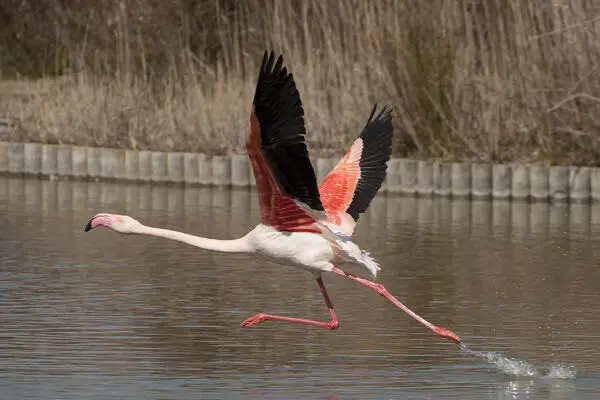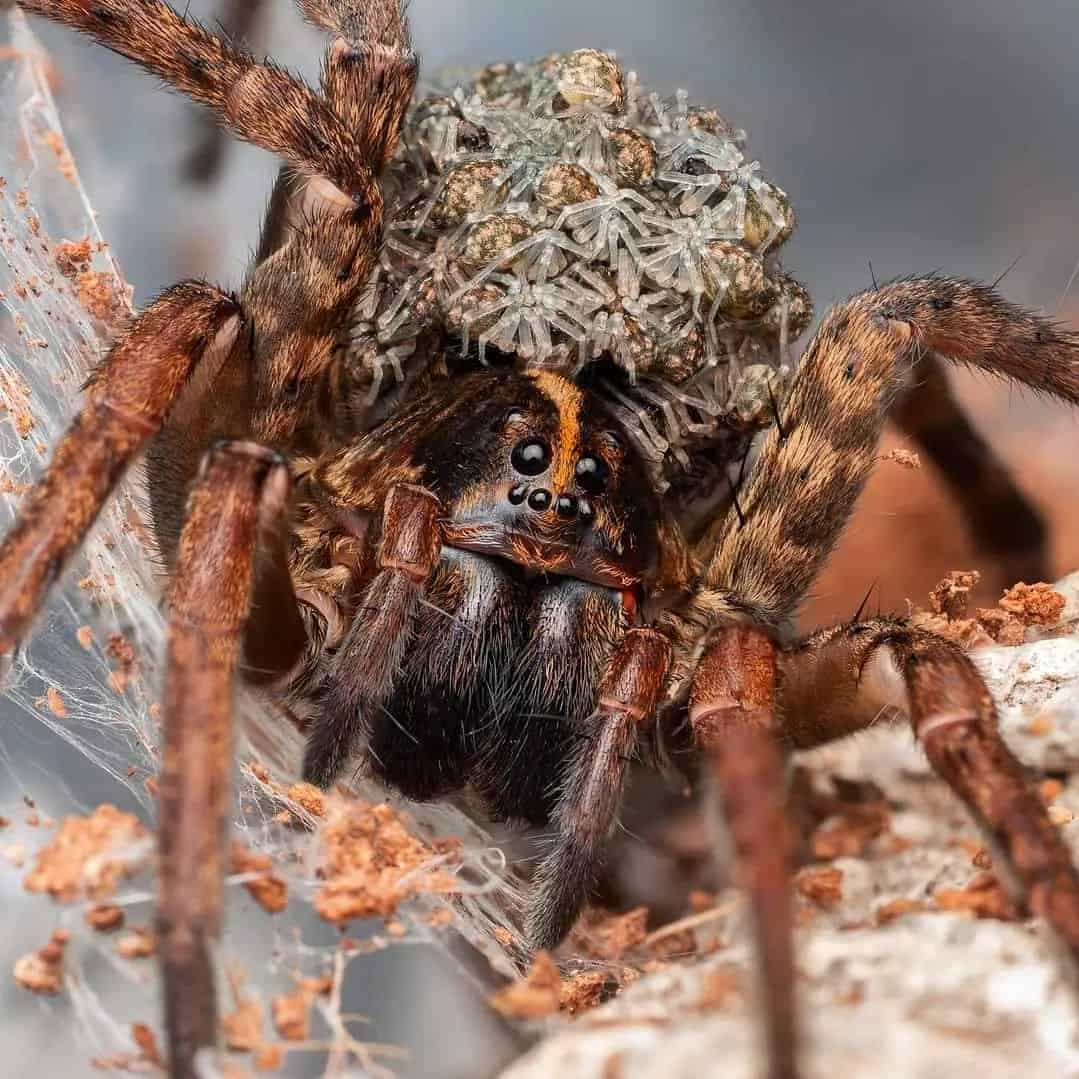A well-liked pastime that enables people to experience nature and take in the amazing variety of birds is bird watching. This is a brief response for those who are pressed for time: the red-billed quelea, house sparrow, barn swallow, and common starling are the most numerous and plentiful birds worldwide.
We’ll examine bird populations worldwide in this post and determine which species have the highest populations and ranges. We’ll take into account variables like reproduction rates, migratory patterns, and environmental adaption to humans.
You’ll have a comprehensive list of the most common birds in the world’s sky at the end.
What Identifies a Common Bird
Ever ponder why some bird species seem to be present wherever you go? These widespread birds may be found in a variety of environments, including secluded woodlands and busy cities. Their skill in adapting to many habitats and their broad existence are due to a number of reasons.
Let’s investigate what makes a bird typical.
Capacity to Coexist with People
The fact that certain bird species can flourish in close proximity to human populations is one of the main reasons these species are widespread. These birds have an abundance of food supplies in urban environments, including leftovers and insects drawn to human activity.
Furthermore, these birds find it simpler to create their nests in cities since the presence of buildings, trees, and other structures often resemble natural nesting locations.
For instance, the common house sparrow, Passer domesticus, is renowned for its ability to adapt to metropolitan settings. It nests in the crevices of buildings, consumes crumbs from cafés outside, and even drinks from puddles found in urban areas.
The house sparrow’s versatility enables it to thrive in urban environments around the globe.
High Rates of Reproduction
Some bird species’ high rates of reproduction also play a role in their widespread distribution. Compared to other species, these birds reproduce more often and lay bigger clutches of eggs.
This enables them to spread out over a wider geographic area and quickly grow in number.
A prime example is the rock pigeon (Columba livia), which is often seen in towns and cities. These birds may reproduce fast, taking as little as 18 days to complete the cycle and laying up to 8 eggs in a clutch.
They are among the most prevalent birds in urban areas due to their adaptability and quick reproduction.
All-purpose Eating Patterns
The commonness of a bird is also influenced by its generalist dietary habits. Birds with a broad diet are more likely to be able to survive in a range of environments. They may survive in a variety of habitats since they are not restricted to any one kind of prey or food supply.
Turdus migratorius, often known as the American robin, is a common bird in North America. Its food consists of berries, fruits, insects, and earthworms. The American robin can adapt to a variety of environments, from suburban gardens to rural woodlands, thanks to its wide range of dietary preferences.
Patterns of Migration
Certain bird species migrate, covering great distances between their breeding and wintering habitats. Since these migratory birds may be seen throughout the year in a variety of locations, they are often more frequently observed.
An example of a migratory bird that breeds in North America, Europe, and Asia is the barn swallow (Hirundo rustica). It travels to South America, Africa, and other warmer climes in the winter. The barn swallow is one of the most numerous and widely distributed bird species in the world due to its lengthy migration.
The First of the Top Ten Most Common Birds:
1. Red-Billed Quelea
The most widespread species of bird in the world is the Red-Billed Quelea. These tiny birds, which are mostly found in sub-Saharan Africa, are well-known for their massive flocks, which sometimes number in the millions. Their extensive distribution over the continent may be attributed to their quick reproduction and ecological adaptation.
2. The Home Sparrow
All around the globe, metropolitan environments are home to the House Sparrow. These little birds, which are originally from Europe and Asia, have successfully settled in cities and towns on every continent except Antarctica.
Being able to adapt to situations that have been changed by humans has allowed them to flourish in urban settings, making them one of the most common bird species on Earth.
3. The Barn Swallow
A very migratory bird, the barn swallow breeds throughout areas of Africa, Europe, Asia, and North America. These birds are distinguished by their long-range flying skills and their forked tails.
They are a common sight across much of the globe as they move to warmer climates in the winter.
4. The Common Starling
Although the Common Starling is indigenous to Europe, it has spread its population around the globe, including North America, Australia, and New Zealand, as a result of deliberate importation and unintentional escapes.
These birds are very gregarious and can assemble big flocks that produce captivating airborne displays called murmurations.
5. Egrets with cattle
Originally from Africa, the Cattle Egret is a tiny white heron that has expanded to various regions of the globe. These birds forage on insects disturbed by grazing animals and are often seen in close proximity to cattle.
They have established colonies in a variety of locations thanks to their capacity to adapt to various environments and food sources.
6. The Rock Pigeon
All around the globe, cities are home to the Rock Pigeon, sometimes referred to as the city pigeon or street pigeon. Pigeons are originally from Europe, North Africa, and South Asia, but they have adapted successfully to live in cities, using structures and food supplies that humans have supplied.
They are easily recognized by their unique look and well-known cooing.
7. Great Tit
Small songbirds like the Great Tit may be found in regions of Asia and Europe. These birds are distinguished by their beautiful melodies and eye-catching black and yellow plumage. They may be found in a range of settings, including as gardens, parks, and forests, and are quite adaptable.
8. Owl Barn Owl
A nocturnal predator, the barn owl may be found on all continents with the exception of Antarctica. These birds are distinguished by their stealth nighttime hunting and their heart-shaped facial discs. They often make their nests in barns and other historic buildings since they have adapted well to these man-made structures.
9. Standard Swift
A migratory bird, the common swift breeds in Europe and Asia and migrates to Africa for the winter. These birds are amazing flyers that only land to procreate. They spend the most of their life in the air. Their characteristic scythe-shaped wings and high-pitched cries are what make them recognizable.
10. The Common Chaffinch
Small passerine birds, endemic to Europe, North Africa, and parts of Asia, are called common chaffinches. These birds are distinguished by their vivid plumage; the males have bright pink, blue, and red feathers.
They are widespread in parks, gardens, and wooded areas, and many European nations are acquainted with their characteristic singing.
The Habits That Make These Birds Prosperous
Because of their remarkable adaptability, birds can survive and even flourish in a variety of habitats around the earth. A number of things contribute to their capability for adaptation, including as their rapid reproductive rate, generalist diets, mobility with accessible food sources, and adaptability to man-made habitats.
Flexibility in Artificial Environments
Birds’ success may be attributed in part to their capacity to adapt to artificial settings. Many bird species have adapted to urban environments and have even begun to flourish there as cities grow and natural habitats are eliminated.
They are now skilled at locating hiding places and places to make nests in trees, buildings, and even under bridges. Pigeons, sparrows, and seagulls are a few species that have effectively adapted to live in urban areas.
Capacity to Travel with Food Sources Available
Birds are very adept in adapting their movements to suit their food sources. They are very nimble animals that can go great distances in flight to find food. For instance, several bird species, like swifts and swallows, travel thousands of kilometers annually in search of insects.
Because of their versatility, they may take advantage of seasonal variations in food supplies and are guaranteed to survive in harsh conditions.
All-purpose diets
Since many birds can consume a broad range of foods, they have generalist diets. Because of their versatility, they can live in a variety of environments and eat any kind of food that is available. Crows, for instance, are renowned for their propensity to consume a wide variety of foods, including fruits, seeds, insects, and small animals.
Their diet’s adaptability allows them to locate food even in erratic or shifting surroundings.
Elevated Reproductive Potential
The fast rate of reproduction of birds is another important aspect of their ability to flourish. Birds may generate many broods in a single year due to their very short reproductive cycles. They may swiftly repopulate and adjust to shifting conditions as a result.
Certain bird species, such as ducks and pigeons, for instance, can produce numerous generations in a year from a single clutch of eggs. Their species’ success and longevity are guaranteed by their high reproductive efficiency.
Final Thoughts
Even though people often go in search of uncommon and exotic birds, some of the most common and abundant birds may be just as fascinating. Certain species, such as the quelea, barn swallow, and house sparrow, have adapted to coexist peacefully with human habitation and food supplies.
Because of their large population, these birds will continue to rank among the most widely seen in the globe for some time to come.






One thought on “The Most Common Birds In The World”